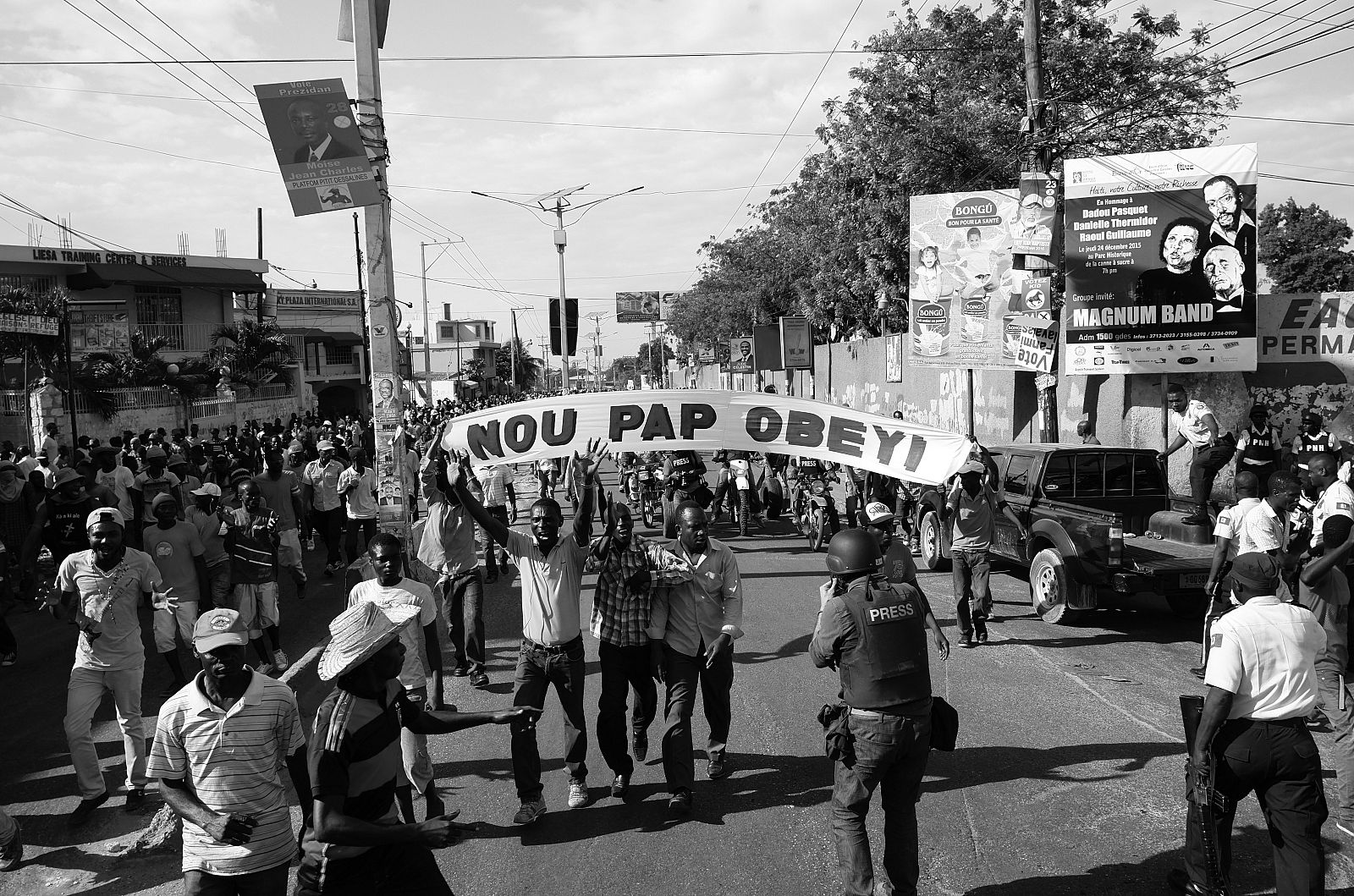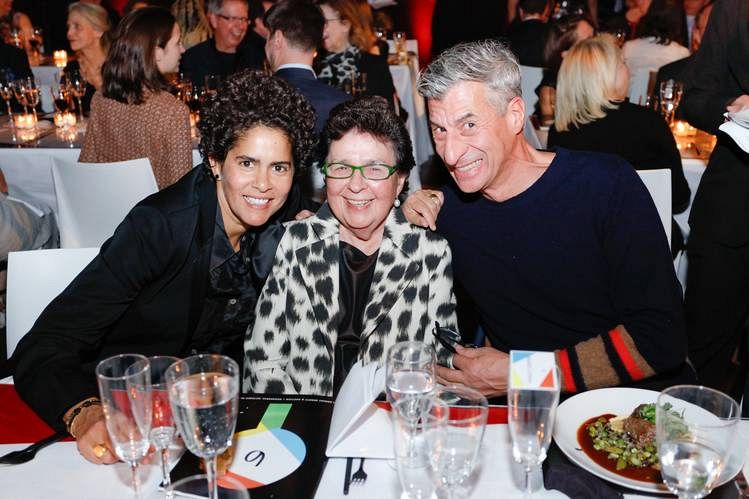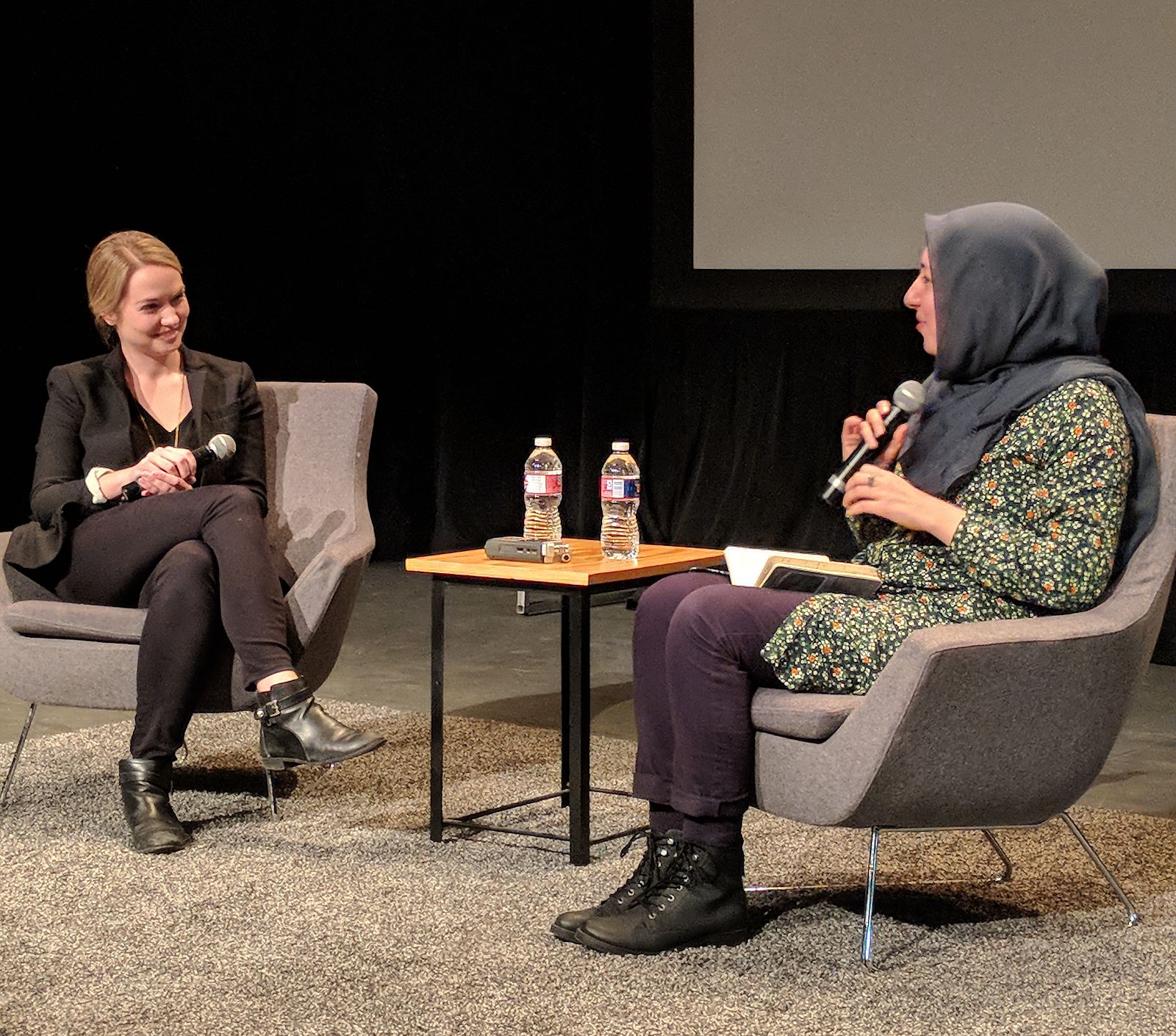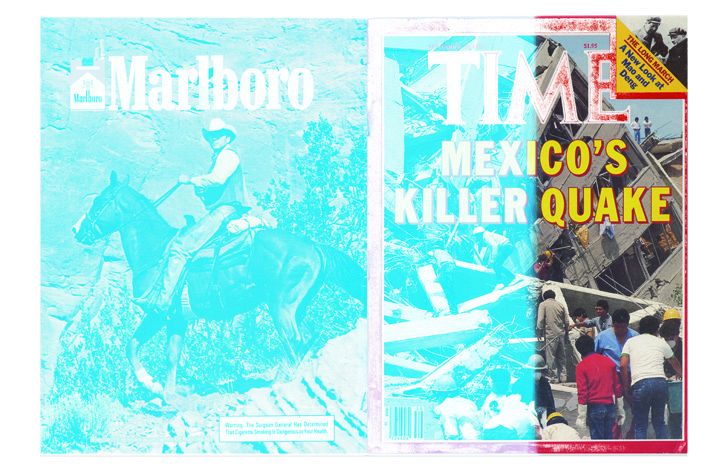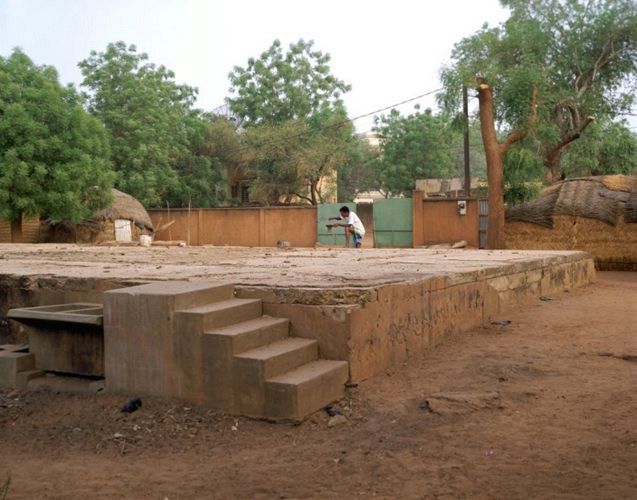Bill Kelley Jr. is an educator, curator and writer based in Los Angeles. He holds a Ph.D. in Art History, Theory and Criticism from the University of California at San Diego (UCSD) and a Masters in Colonial Art Studies from the University of New Mexico, Albuquerque (UNM). His current research focuses on collaborative and collective art practices in the Americas. Kelley has written for such journals as Afterall, P.E.A.R., and Log Journal. He served as co-curator of the 2011 Encuentro Internacional de Medellín (MDE11) and was the former Director and Co-Editor of the online bilingual journal LatinArt.com. He currently holds the position of Assistant Professor of Latin American and Latino art history at California State University Bakersfield. Kelley has co-edited an anthology with Grant Kester of collaborative art practices in the Americas entitled: Collective Situations: Readings in Contemporary Latin American Art 1995-2010 (Duke University Press, 2017).
Independent Curators International supports the work of curators to help create stronger art communities through experimentation, collaboration, and international engagement.
Independent Curators International supports the work of curators to help create stronger art communities through experimentation, collaboration, and international engagement.
401 Broadway #1620
New York, NY 10013
info@curatorsintl.org
+1 212 254 8200

